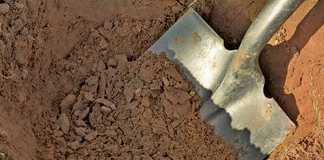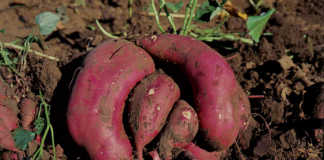The pattern of damage must also be considered when doing future preparation. It’s always colder than expected It seems that the South African Weather Service is always way out when predicting the low temperatures of the early winter cold fronts. The key is to expect lower temperatures than predicted.
I attended a farmers’ gathering the night before the first winter cold front and the discussion turned to the likely low for the next morning. One farmer had phoned the Weather Service that afternoon and others, including myself, had checked the internet. We thought it would be a lot colder than predicted and it certainly was, leaving trails of considerable damage to prove it. This could have been avoided with a more accurate forecast.
Following weather keys
Cold fronts on the Highveld are usually preceded by a fairly strong wind from the southwest. It is a dry wind that gets colder as the front approaches. Sprinkler irrigation at this stage may cause severe damage. The evaporation on the leaves and the soil surface will cause the temperature to drop even more than in unirrigated areas.
Sprinklers won’t chase away the frost
Many believe that irrigation keeps away frost, but sprinklers can only prevent light frost if irrigation water is warmer than the leaves. Moderate frost can be prevented if the irrigation water is warm enough and if irrigation takes place continually until the sun warms the morning temperature. However, if the irrigated water freezes, the damage will be vast.
Chilly wind causes undercover damage
Many nurseries and farmers who had a plastic cover over plants were caught off guard this year, as we are used to the wind calming down at night, allowing the cover to afford some protection. But this year we had wind throughout the night, taking the chill under the cover. This caused substantial damage, as crops under cover are usually more tender. In such cases, a temporary side cover can be erected, as fronts come in from only one side.
Drought stress weakens crops
Crops under drought stress are also more vulnerable to damage. The key is to keep the soil moist, but not wet on the surface or foliage. These precautions should be taken before a cold front reaches the tip of Africa. Remember that the response of different varieties of broccoli vary in cold conditions. These differences have been evident during past cold snaps. – Bill Kerr Contact Bill Kerr on (016) 366 0616 or e-mail [email protected].













